Photovoltaic Solar Panels: How to register your plug-in solar panel?

What is a plug-in solar panel?
A plug-in solar panel, otherwise known as a solar station, is a kind of photovoltaic system which stands out for its user-friendly design, nowadays available in many countries in Europe. It can be quickly installed and no professional assistance is required for wiring or connecting it to an inverter. Plug-in solar panels can be installed by the users themselves. All you have to do is place it on its frame and plug it into an electrical outlet to produce green electricity.
These ‘plug-in’ solar kits generally consist of:
- One or more solar panels
- A micro-inverter that converts the direct current generated by the photovoltaic modules into alternating current, which is then pumped into the home's electrical circuit to power electrical appliances.
- A frame to which the solar panel is attached
- A connection cord
According to the selected version, the kit may also be supplied with:
- A smart socket to monitor production
- Linking cables to connect multiple kits together
- Extension cords in case you do not have a socket nearby
- Weights to secure the frames to the ground
Plug-in solar panels can be used to power household appliances like washing machines, fridges, TVs, microwaves, coffee makers, game consoles, and more. To maximise the efficiency of your panels, you need to make sure they're facing south and placed in areas without shade.
Plug-in solar panels are perfect for small homes or people who would like to experiment with self-consumption of electricity at a lower cost and reduce their energy bills.
Plug-in Solar Panel In France: ENEDIS declaration for solar installations under 3kW
Let's take France for example. To install a plug-in solar kit with an output of less than 3kW, you first need to carry out a number of administrative procedures to ensure that your installation complies with regulations.
Generally, prior to purchasing a panel, it is essential to submit a preliminary declaration to the local authorities in order to obtain authorisation. This, however, only applies to panels fixed to walls or roofs with a height exceeding 1.8 metres. Ground-mounted installations with an output of less than 3kW and a height of less than 1.80 metres do not require this authorisation.
The most important step when you buy a plug-in solar kit is to register your plug-in solar panel with ENEDIS. The aim of this registration is to notify the local electricity network operator of your intention to install a photovoltaic solar panel. In order to do this, you have to fill in a registration form and submit it to ENEDIS, who must sign it before your panels can be installed.
ENEDIS CACSI Guide - Step by step
Before installing your plug-in solar panel, you should also complete a self-consumption agreement without injection (CACSI for "Convention d’Auto Consommation Sans Injection"). A simple declaration that doesn't need to be approved by ENEDIS, this will make your installation official and guarantee that it complies with current rules and standards. This declaration is free of charge and can be made on line on the ENEDIS website. Before you begin the declaration to ENEDIS for your plug-in solar panel of less than 3kW, make sure you have the following elements at hand:
- A certificate of compliance for the inverter: which certifies that your inverter complies with current standards. This is usually provided by the manufacturer of the solar kit.
- A location plan of your address.
When you have these elements, follow these steps to complete your declaration:
Step 1: Log in to your ENEDIS account
- Visit the ENEDIS website by clicking on the following link: https://connect-racco.enedis.fr/prac-internet/custom/C5E/accueil.
- Click on "Me connecter" if you have an account already. If not, you will need to create one by clicking on "Créer mon compte". After logging in to your account, fill in the requested information and accept the terms and conditions of use after checking that you agree with them. Then click on "Suivant".

Step 2: Submit the request
- Click on "Production d’électricité dont augmentation de puissance" to select the type of application.
- Then click on "Déclarer une installation d’autoconsommation", select "Solaire" and then "Photovoltaïque".


Step 3: Enter the location of the installation
- Choose your town from the drop-down list and enter your full address.
- Choose whether the installation is on an individual property, such as a house, or a collective property, such as an apartment block.

Step 4: Fill in the information about the project
- Fill in and modify your personal information if necessary
- Provide the DPL number that appears on your electricity bill
- State the output of your installation in kW
- Enter the surface area occupied by the panels in m²
- Select your meter type (Linky or electronic)


Step 5: Upload the required documents
- Click on "Ajouter document" to upload the inverter's certificate of conformity
- Add a location map of your address

Step 6: Submit the request
- Carefully review all the details provided to avoid any errors and click on "Valider" to submit your request
That's it! Your application has been registered by ENEDIS. When your application has been processed, you will be e-mailed an invitation to log in to your personal account and sign the CACSI agreement online. Once you have submitted your application online, you are deemed in compliance, even if your application has not yet been approved by ENEDIS.
Benefits of Plug-in solar panels
Plug-in solar panels offer a host of benefits for users looking to switch to green energy. Below, we explore their main advantages:
Quick and easy installation
Plug-in solar panels are supplied ready to use. Unlike traditional panels, you don't need a professional to install them. Instead, you can do it yourself at home in about ten minutes. All you have to do is plug the panel's electrical connector into a standard socket, and that's it! You can install them in various places around the house: in the garden, on the balcony, etc.
Affordable cost
Plug-in solar kits are usually less expensive than traditional solar panels. Furthermore, they do not require professional installation, allowing you to save on labour costs. This type of installation is recommended for those who wish to experiment with self-consumption for the first time.
Lower electricity bills
Solar panels produce free electricity that is used to power connected appliances in the home. As a result, you'll be less reliant on the grid and save money on your electricity bills.
Mobility and adaptability
Plug-in solar panels are easily movable, which is perfect for households that relocate frequently.
Plus, thanks to their modular design, this type of panel allows you to maximise efficiency by moving them around for better sun exposure.
Eco-friendly consumption
When you choose a plug-in solar panel, you are reducing your carbon footprint and helping to protect our planet. In fact, these panels produce renewable energy that is safe for the environment.
Durability and ease of maintenance
Plug-in solar kits are designed to be durable over time. They withstand bad weather very well and require little maintenance. Occasional cleaning is enough to remove dust and leaves.
Accessibility
Plug-in solar panels are a huge help in remote locations or areas with poor electricity supply.
While solar panels have undeniable advantages, they also have drawbacks that should be noted in order to avoid any unpleasant surprises:
- Limited production: plug-in solar panels usually have a maximum power output of less than 3kW, which is not high enough to cover all of a household's energy needs. Their use is restricted to low-energy appliances. However, they are not effective for high-energy appliances such as air conditioners or electric water heaters.
- Not eligible for self-consumption subsidies: in France, the installation of a plug-in solar kit does not qualify for government subsidies and grants (investment subsidies and solar purchase obligations).
- No resale option: unlike traditional systems, which enable surplus energy to be resold, plug-and-play solar panels do not allow energy to be fed into the grid.
Your best choice for plug-in solar panels: Zendure SolarFlow 800 Plug-in Solar Kit
As far as high-quality plug-and-play solar systems on the market are concerned, the Zendure SolarFlow 800 plug-in solar kit is an innovative and straightforward solution for generating energy for personal consumption. It features 2*430 W bifacial solar panels and a micro-inverter, saving up to 440 € per year with the battery AB2000X.
The Zendure SolarFlow 800 is backed by a solid 12-year warranty and IP67 waterproof. With its compact design, high mobility and affordable price, it is an efficient solution for reducing electricity bills. When you choose Zendure, you are making a choice for eco-friendly, low-cost energy consumption.
Conclusion
Renewable energy is vital for reducing our carbon footprint and protecting our planet. Plug-in solar panels like the Zendure solar kit simplify access to solar energy for private individuals due to their quick installation and unbeatable value for money. Regardless of whether you are a tenant or a homeowner, or if you live in the city or the countryside, these devices allow you to contribute to the energy transition while also saving money. Plug-in solar panels are an ideal option for switching to solar energy and avoiding the complex administrative procedures required for a traditional installation.
If you're looking for a reliable and efficient plug-and-play solar panel, look no further! Choose the Zendure plug-in solar kit and enjoy the benefits of self-consumption!

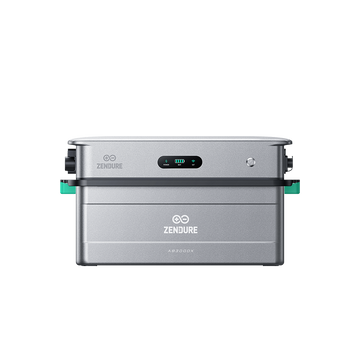


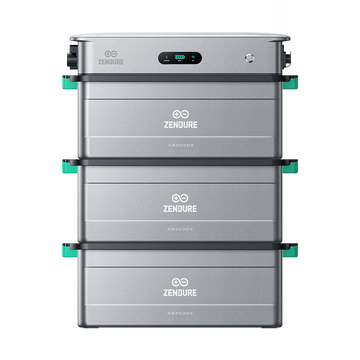
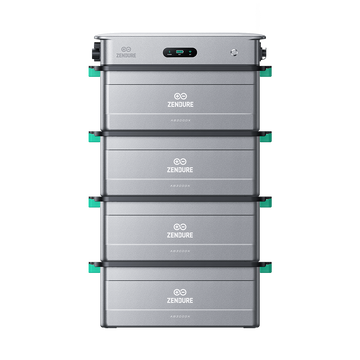
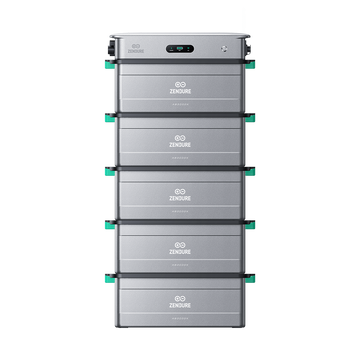
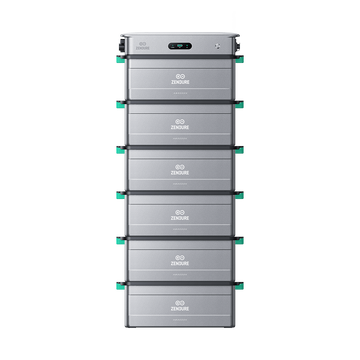
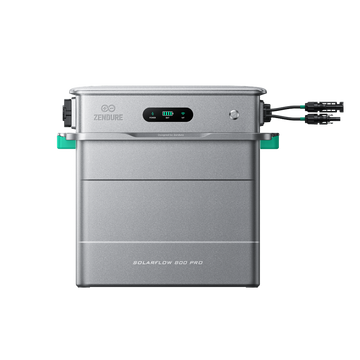

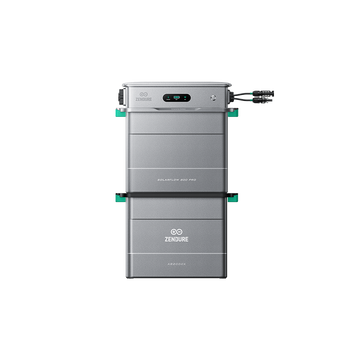

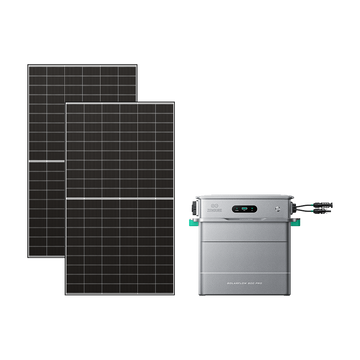
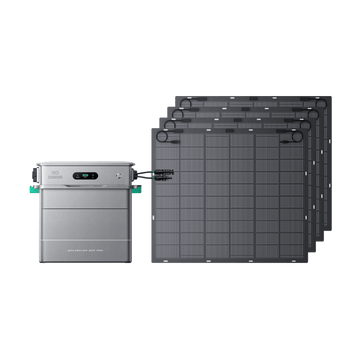
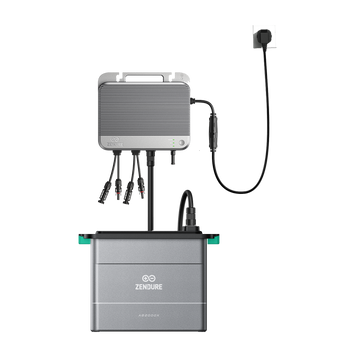
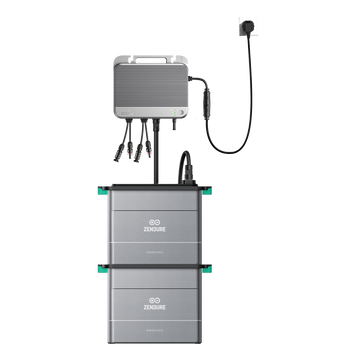

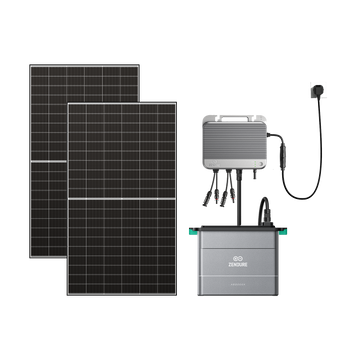



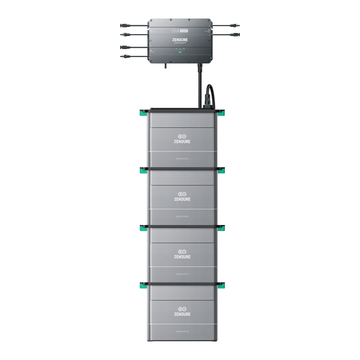
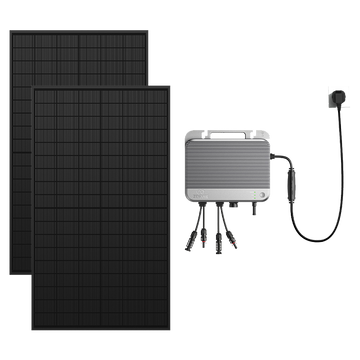
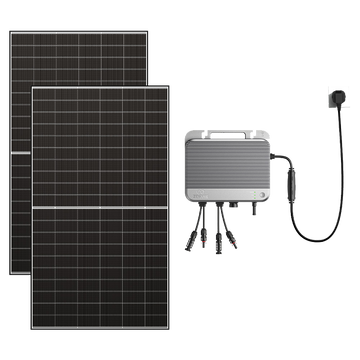
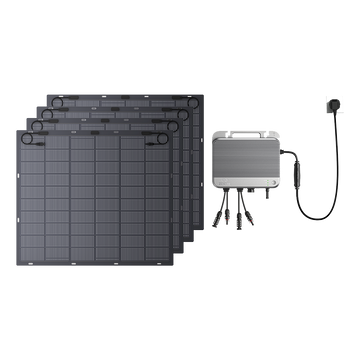


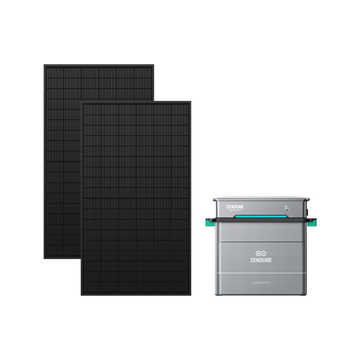

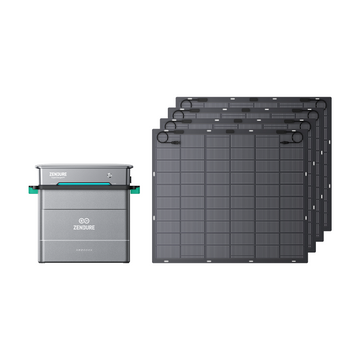


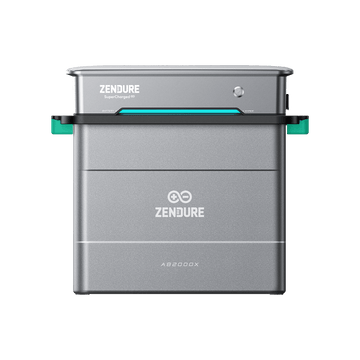

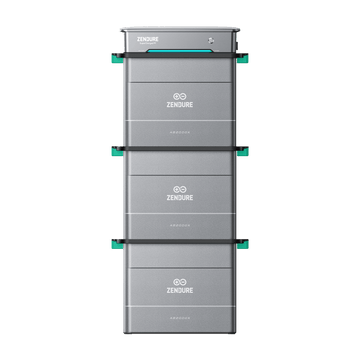


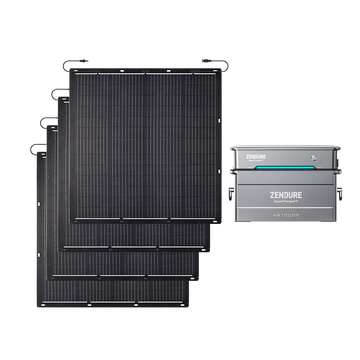


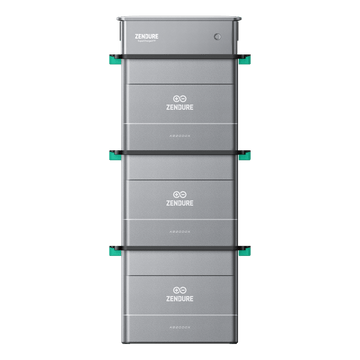
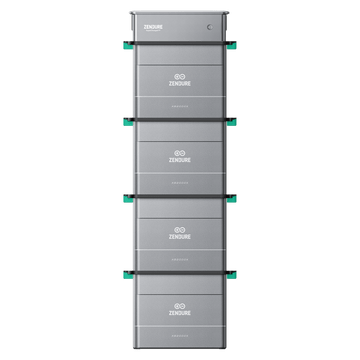

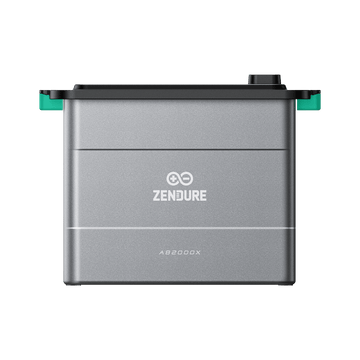

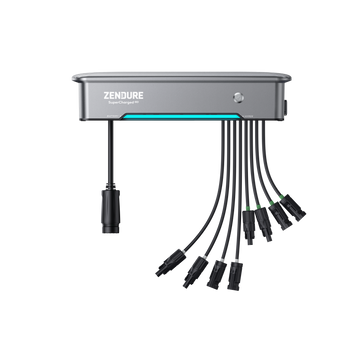


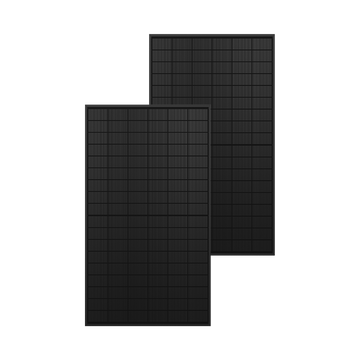
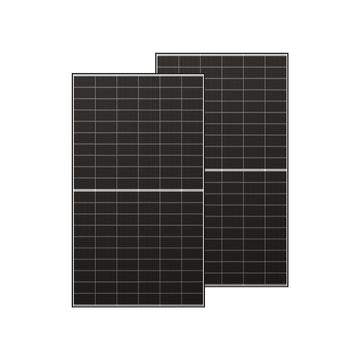
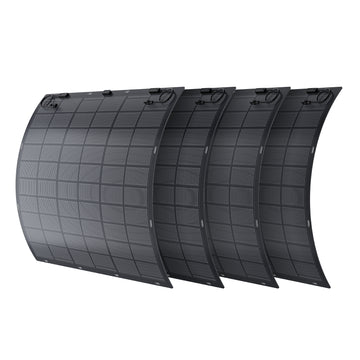

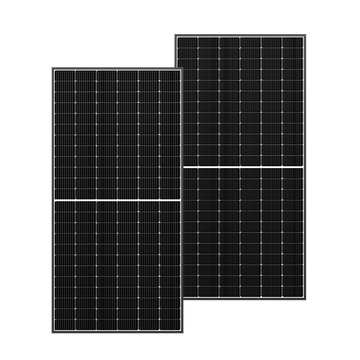
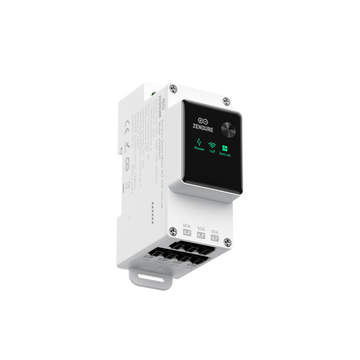
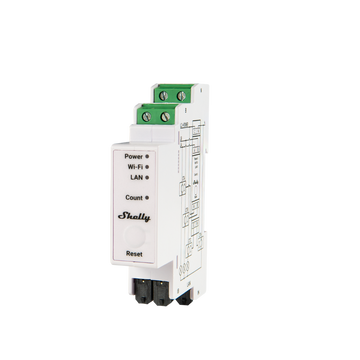


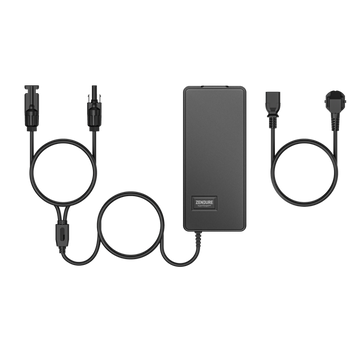
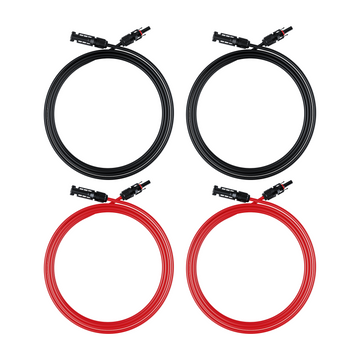


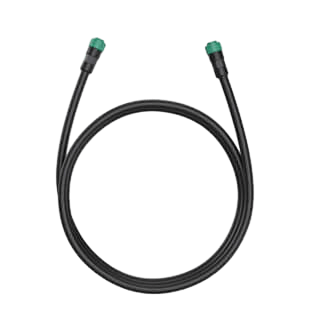
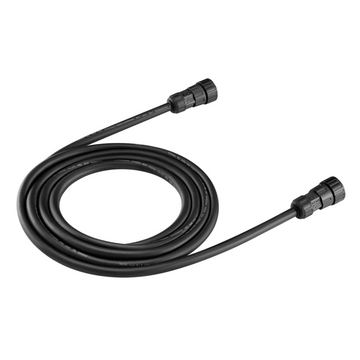
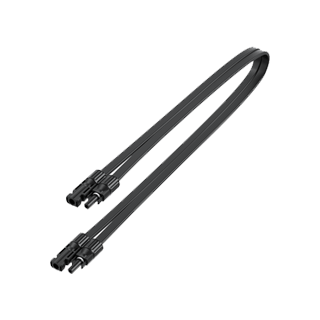
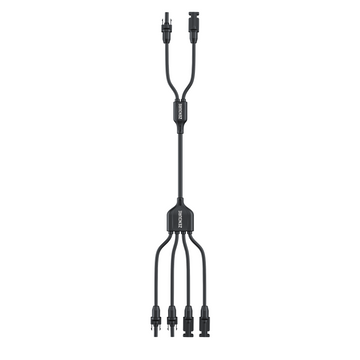
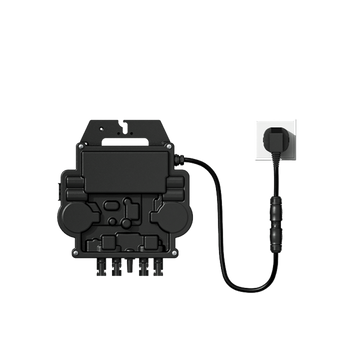


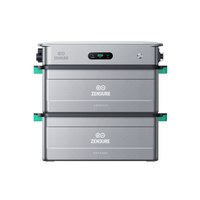

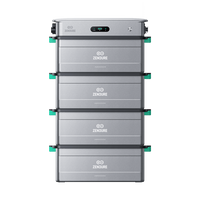
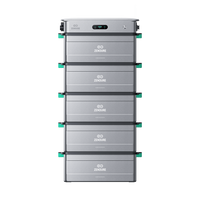



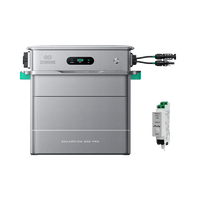

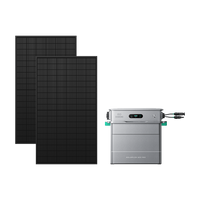
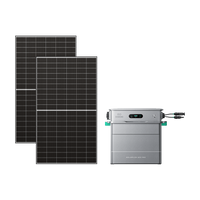
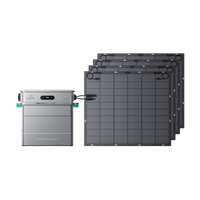


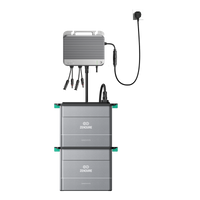



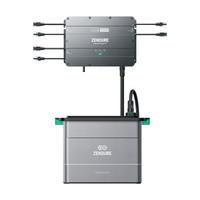
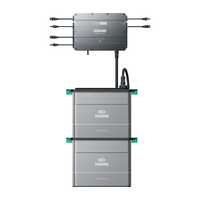
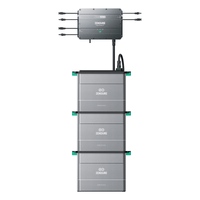
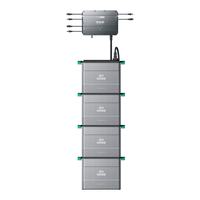


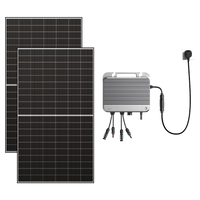
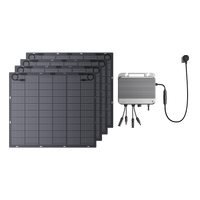

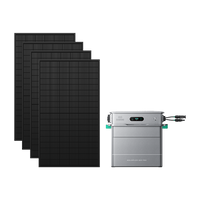
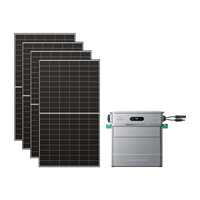

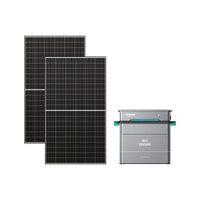
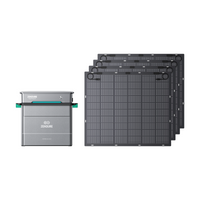
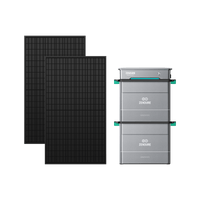
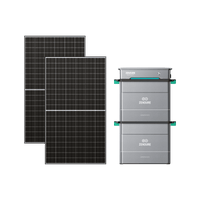

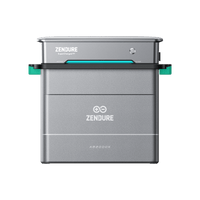
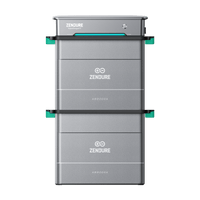
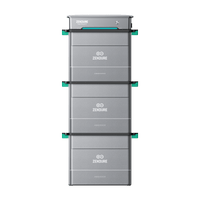


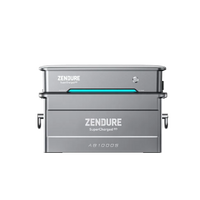
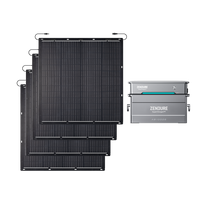



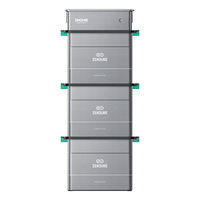
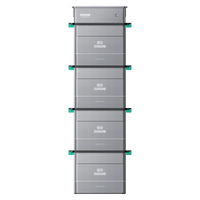

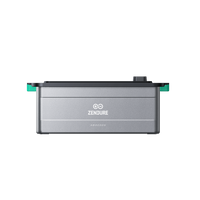


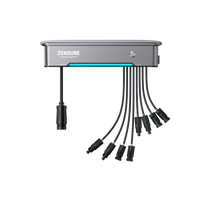

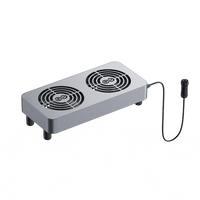
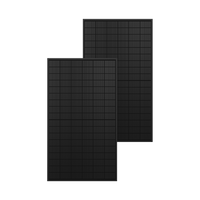


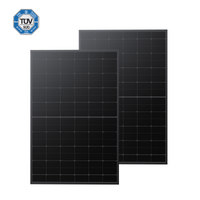


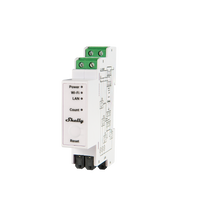


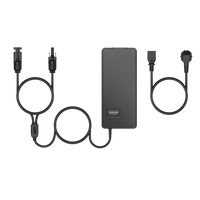

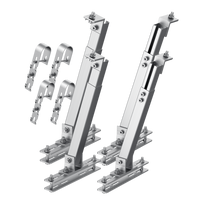
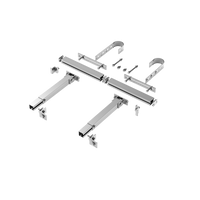
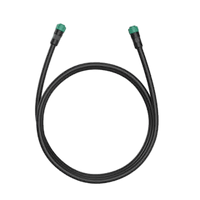
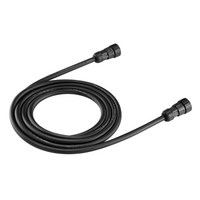
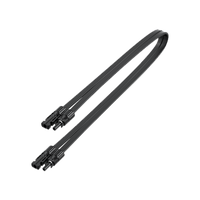
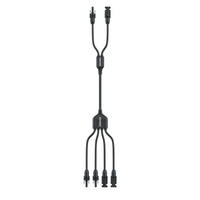
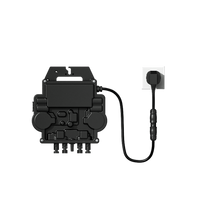


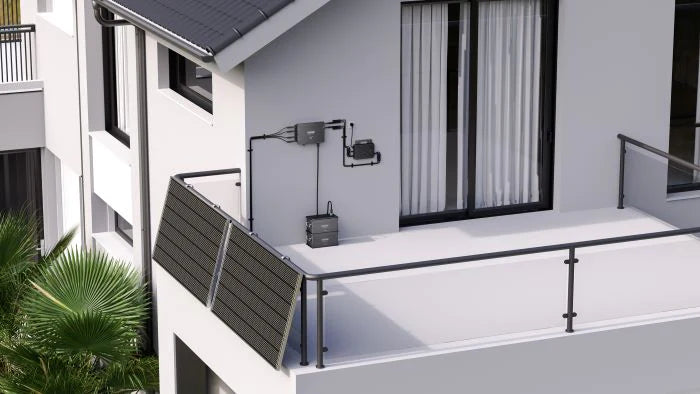

Leave a comment